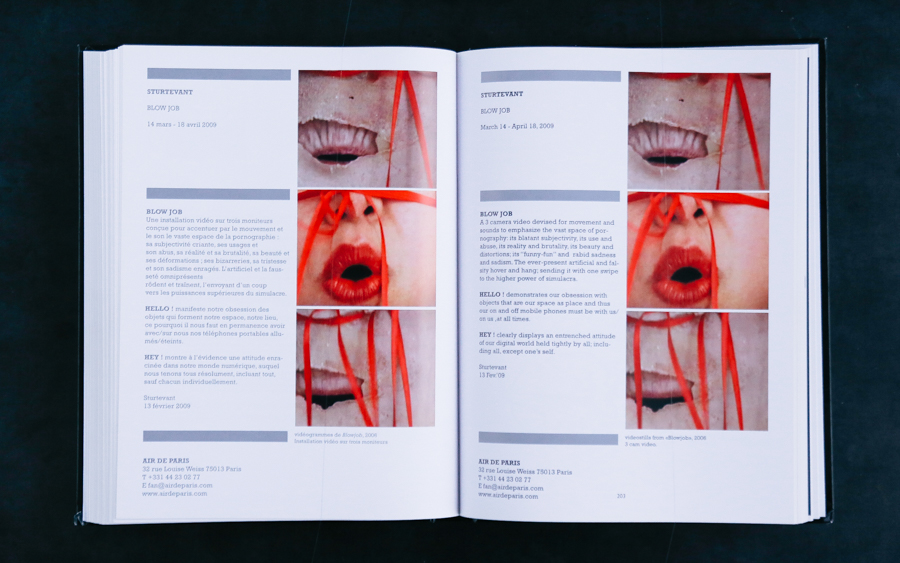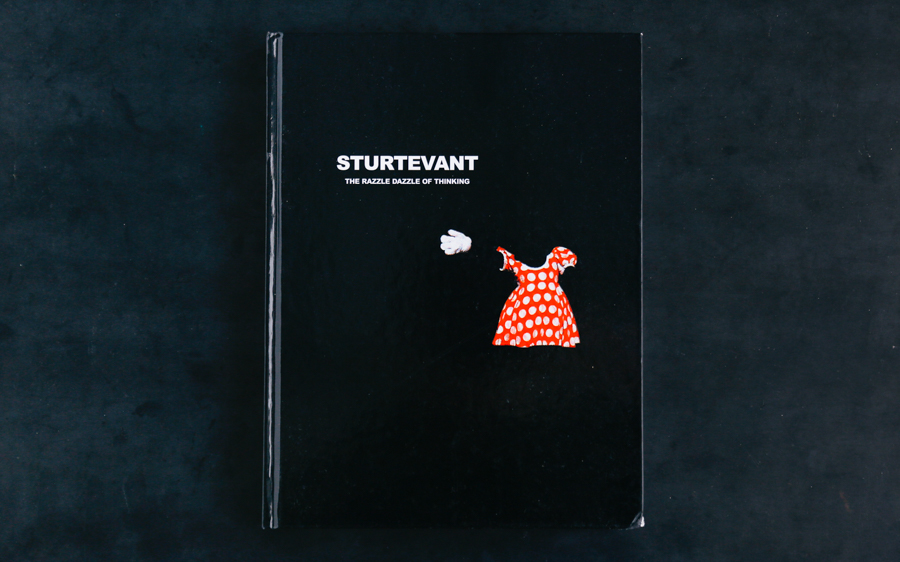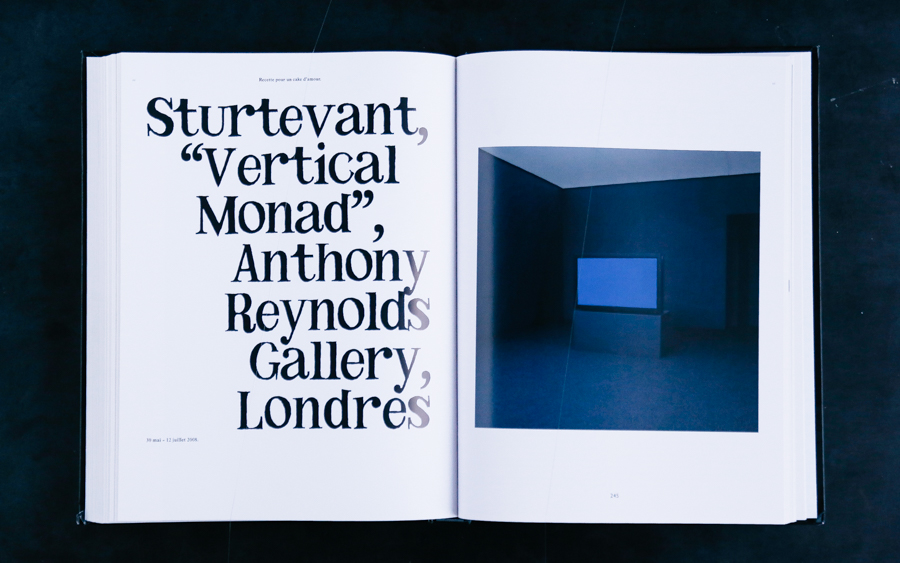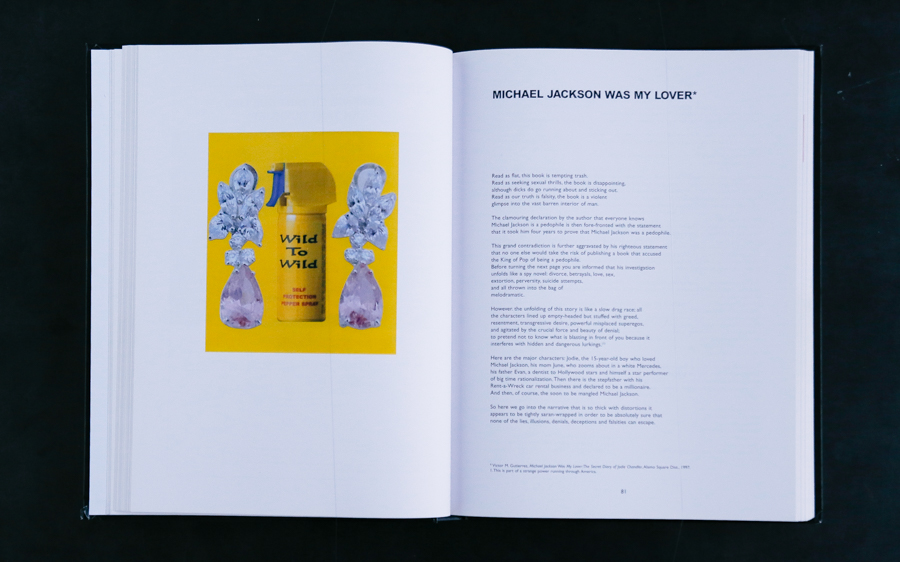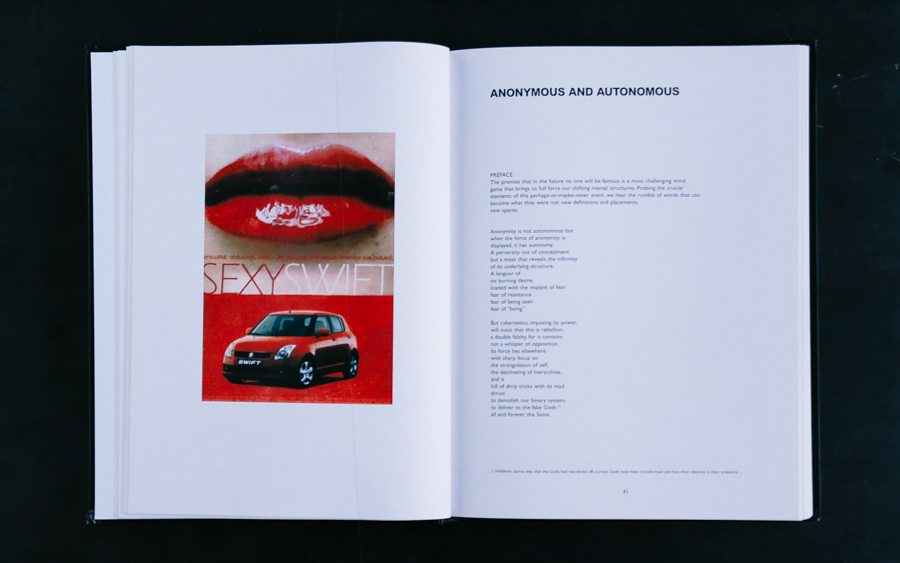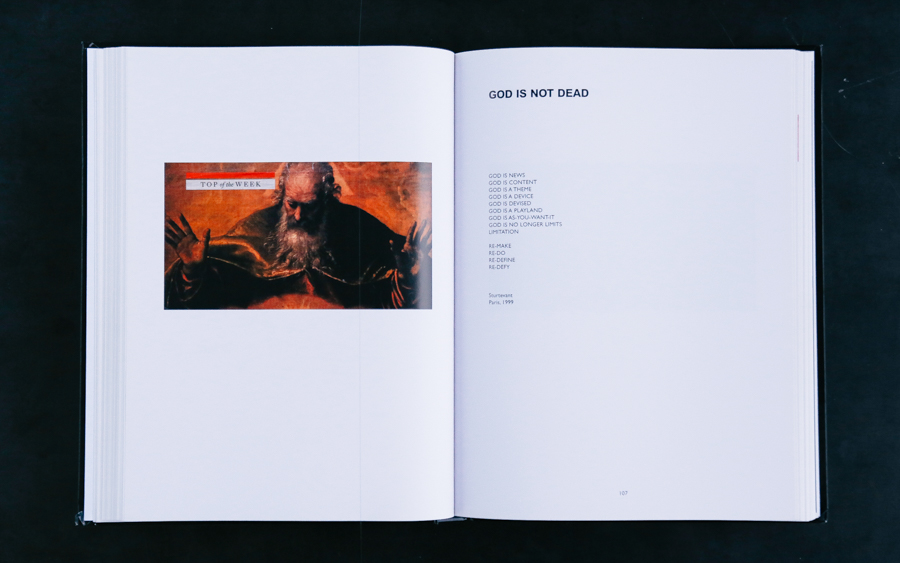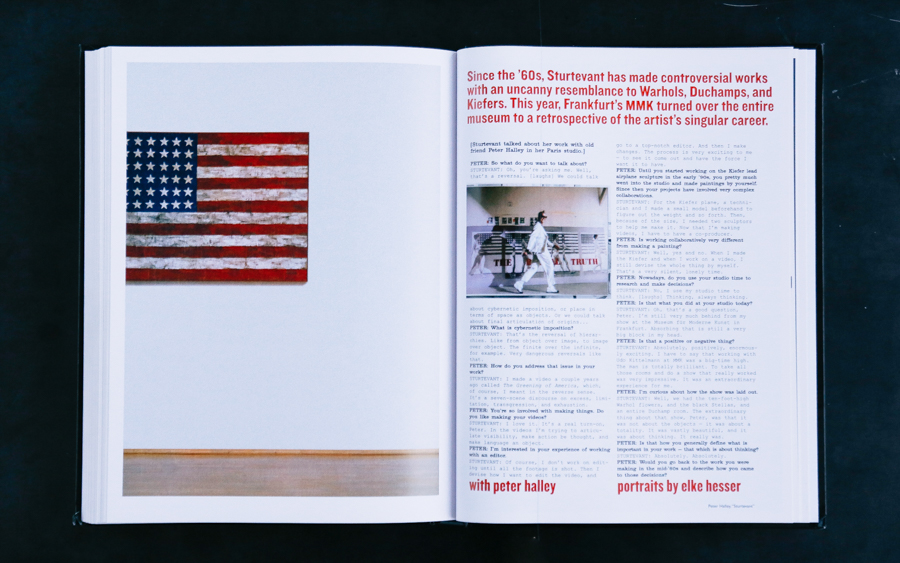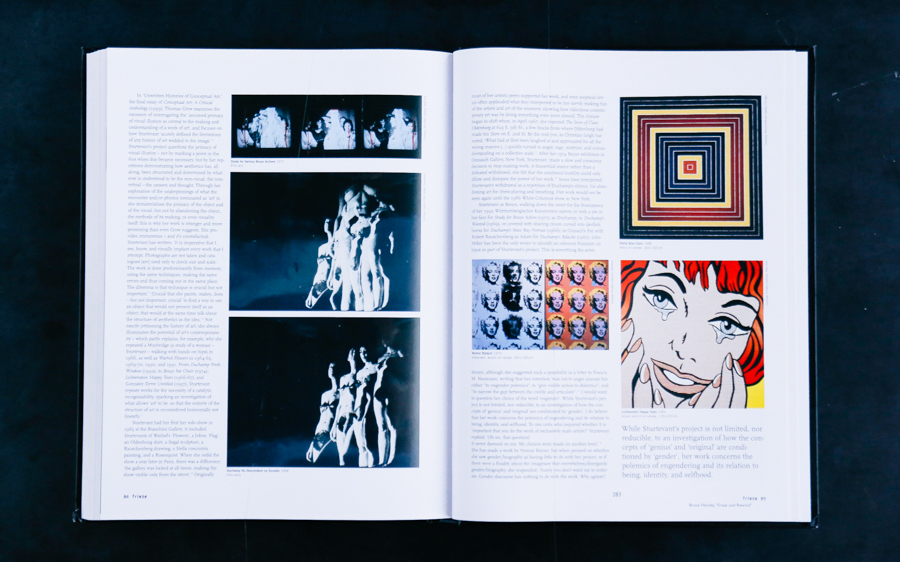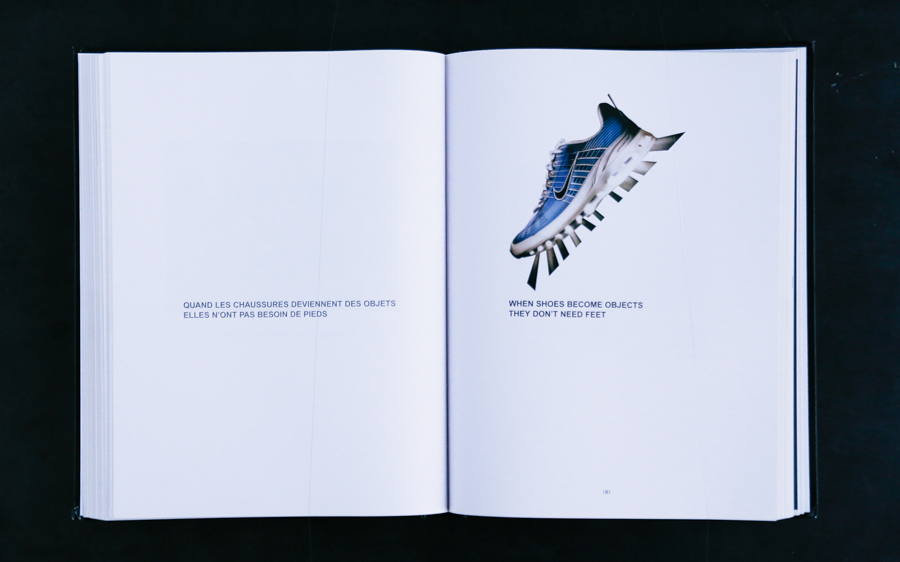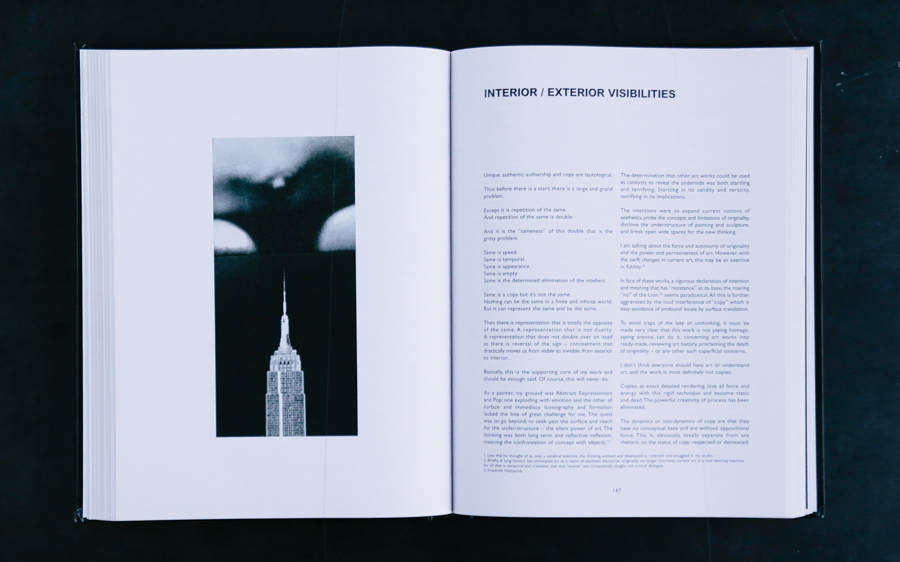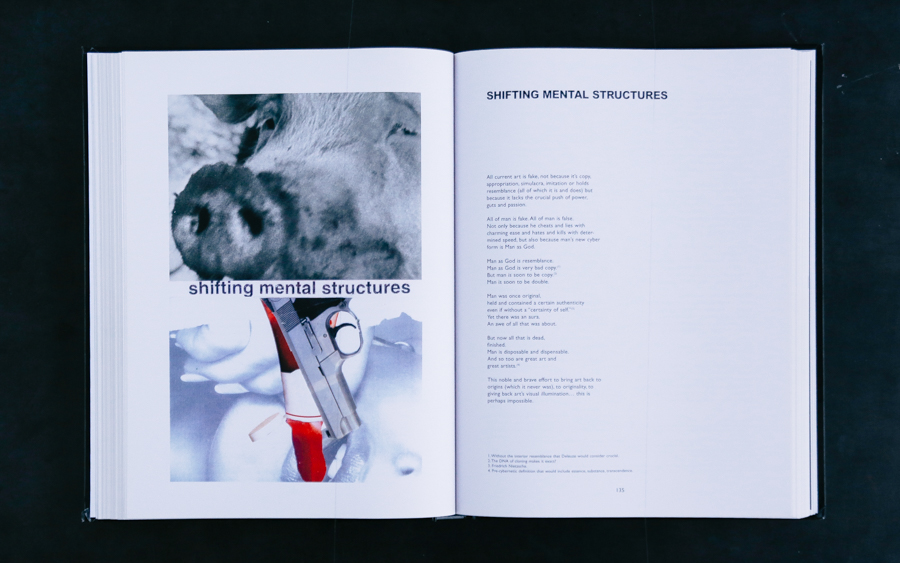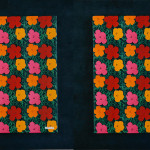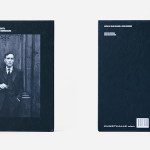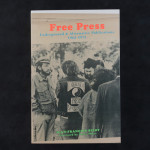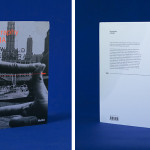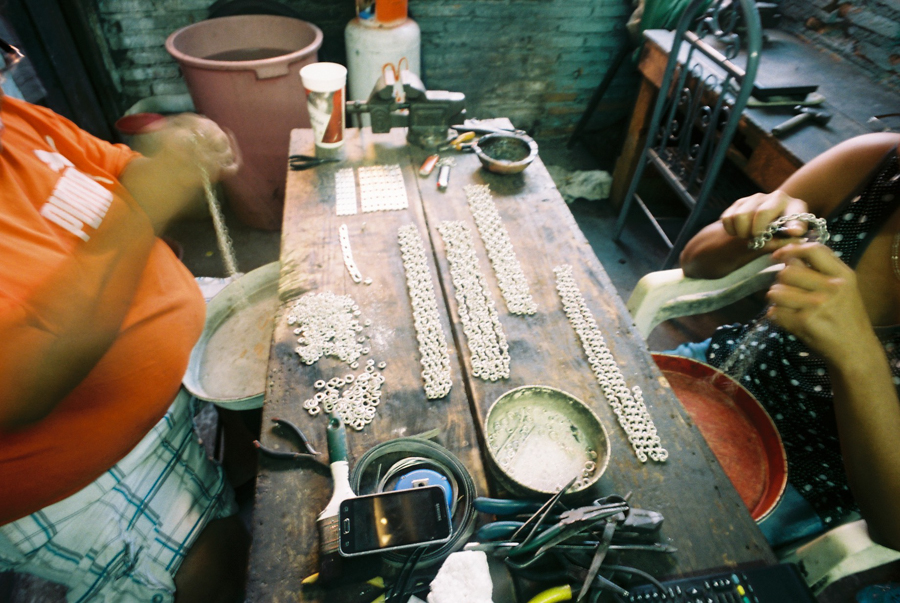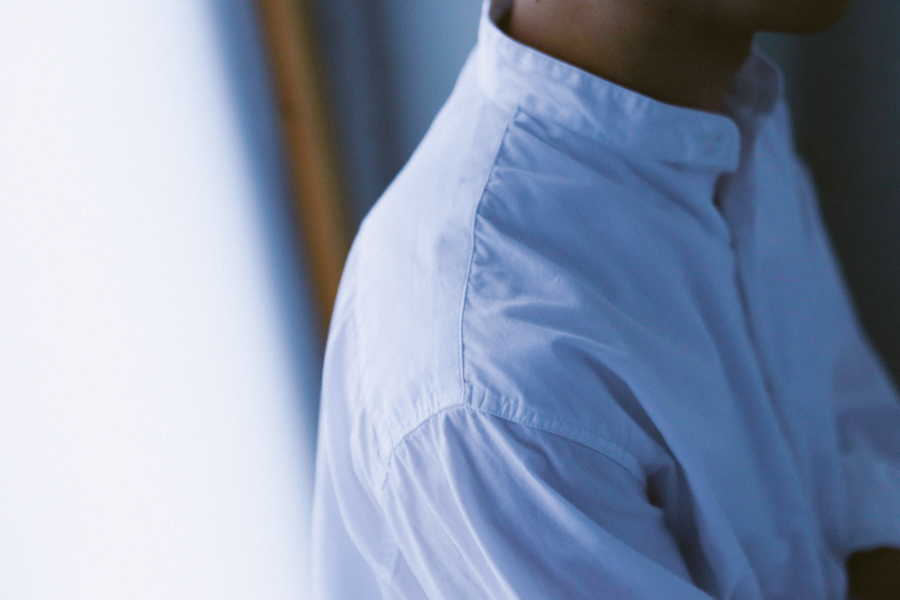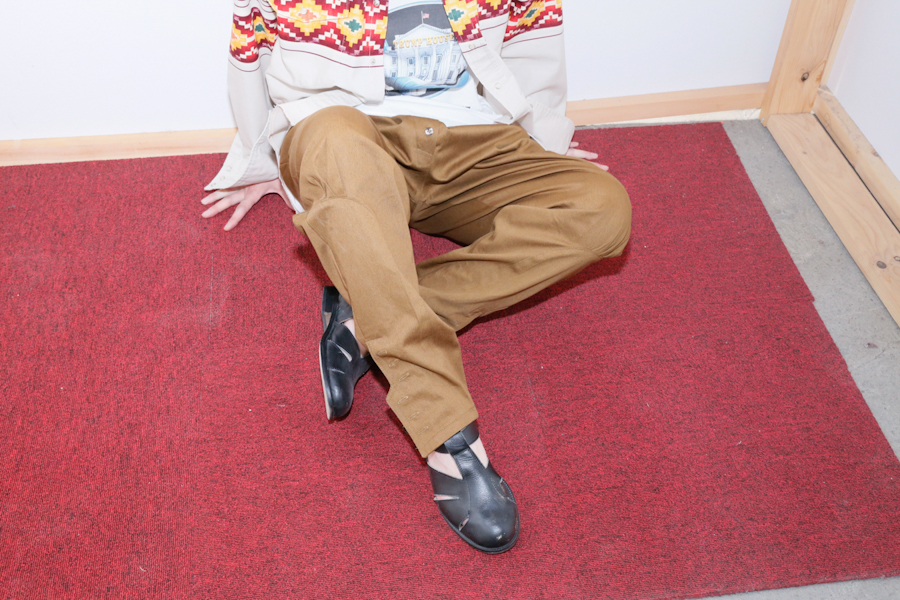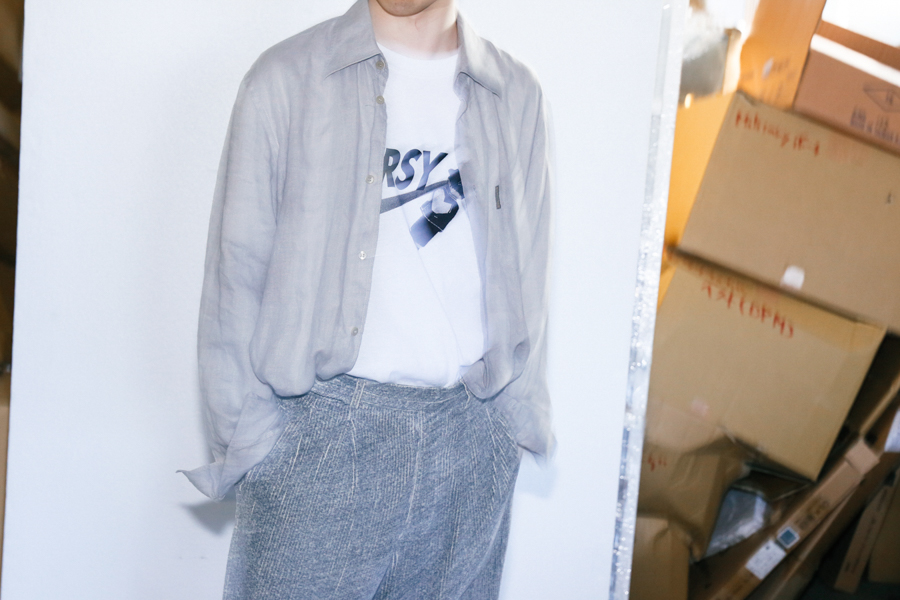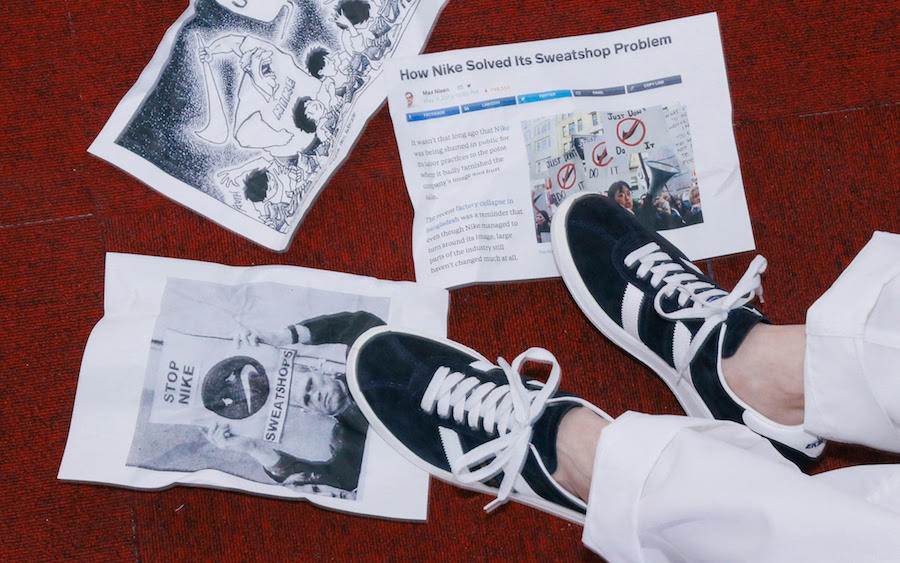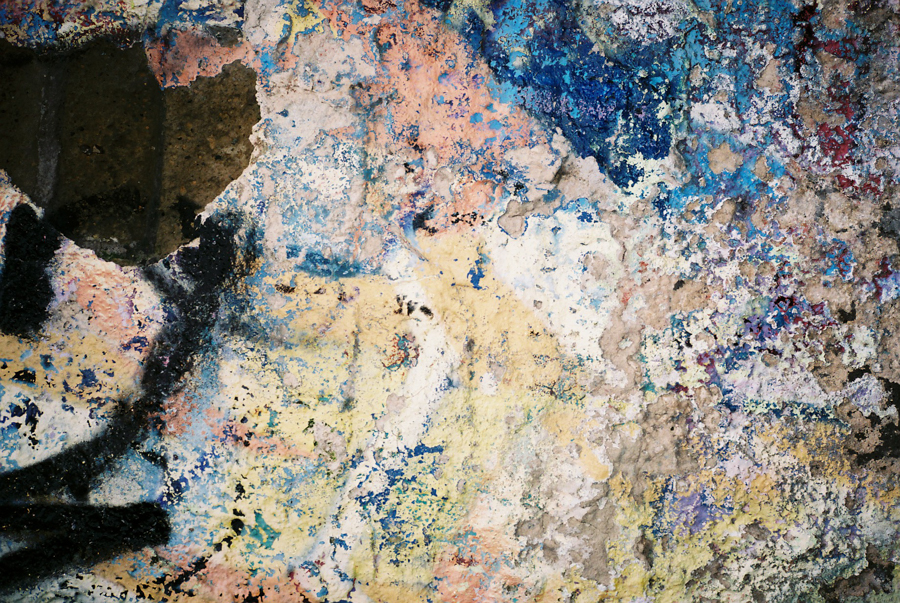Elaine Sturtevant: The Razzle Dazzle of Thinking
ガブリエル・タルドという仏社会学者が100年前に書いた『模倣の法則』という、差異(発明)と反復(模倣)による社会学の名著がありますが、
こちらは60年代よりポップアートを視覚的ロジックに使い、ラディカルに模倣(アプロプリエーション)をアートに昇華した、Sturtevant (スタートヴァンド)の作品集。
オリジナルを無自覚に崇拝している事に嫌気がさします。
▫️Elaine Sturtevant: The Razzle Dazzle of Thinking / 304 pages / ¥4,980 (webstore)
Sturtevant (American, b. 1924) began “repeating” the works of her contemporaries in 1964, using some of the most iconic artworks of her generation as a source and catalyst for the exploration of originality, authorship, and the interior structures of art and image culture. Beginning with her versions of works by Jasper Johns and Andy Warhol, Sturtevant initially turned the visual logic of Pop art back on itself, probing uncomfortably at the workings of art history in real time. Yet her chameleon-like embrace of other artists’ art has also resulted in her being largely overlooked in the history of postwar American art. As a woman making versions of the work of better-known male artists, she has passed almost unnoticed through the hierarchies of mid-century modernism and postmodernism, at once absent from these histories while nevertheless articulating their structures.
Though her work of the 1960s and 1970s may appear to be simply mimetic exercises in proto-appropriation, Sturtevant is better understood as an artist who adopted style as her medium and took the art of her time as a loose “score” to be enacted. Far more than copies, her versions of Johns’s flags, Warhol’s flowers, and Joseph Beuys’s fat chairs are studies in the actionof art that expose aspects of its making, circulation, and canonization. Working primarily in video since 2000, the artist remained deeply engaged with the politics of image production and reception, using stock footage from Hollywood films, television, and advertising to point to the exhaustion built into much of postwar cultural production.
Sturtevant (スタートヴァンド) は1964年に、自身と同時代の作家による作品の「再現」を始め、同世代の最も象徴的な芸術作品を、オリジナリティやオーサーシップそして芸術と映像文化の内部構造を検証する上でのソースとして利用した。
Jasper Johns やAndy Warholの作品を自分流に作り替えつつ、Sturtevantはポップアートの視覚的ロジックをそのもの自体に仕向けるとともに、美術史の働きについて探求した。しかし、他の作家の作品をカメレオンのように利用したことにより、結果としてSturtevantは戦後の米国美術史の中でほとんど見過ごされてしまった。著名な男性芸術家の作品を作り替えるだけの女性としてSturtevantは、ミッドセンチュリーモダニズムとポストモダニズムの階層の中でその構造について表現しながらもほとんど注目されることなく通り過ぎ、その歴史の中でも間もなく不在となった。
1960年代並びに70年代におけるSturtevantの作品は単にアプロプリエーションの原型の模倣とみなされることがあるが、Sturtevantはスタイルを手段として取り入れ、その時代のアートを実践するべき自由な手法と見做していた芸術家としてよりよく理解される。彼女のバージョンのJohnsの「旗」やWarholの「花」、Joseph Beuysの「脂肪の椅子」は、もはやコピーを超えて、製作、流布、神聖化に至る側面を明らかにする、芸術活動の研究なのである。

